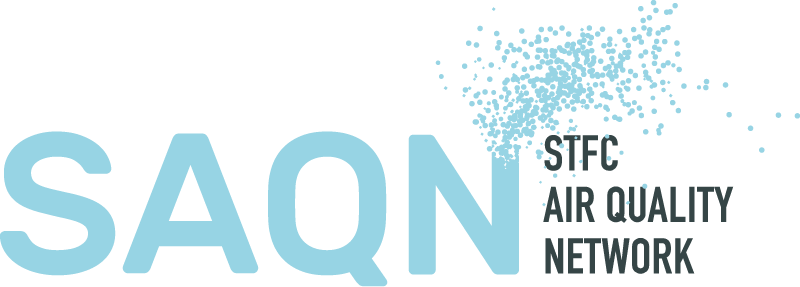



Project Outline
Ammonia derived particles are associated with human health impacts and climate change, they can also acidify sensitive terrestrial and aquatic ecosystems. UK agriculture contributed 87% of ammonia emissions in 2020 and is believed to have remained unchanged since 2010. Nevertheless, the UK government aims to reduce emissions by 16% by 2030. Ammonia contributes up to 40% of PM2.5 and so reducing ammonia emissions is important in meeting the revised WHO guideline values.
The global coverage provided by satellites provides potential for their use as a measurement tool. However, cloud cover, detection threshold and uncertainty in the vertical distribution, have limited outputs to coarse spatial and temporal resolution.
By applying the vertical distribution of ammonia, determined by a chemical transport model, this project aims to improve the temporal and spatial scale of satellite-derived estimates. These will be evaluated against regulatory and new highly time resolved ground-level observations.
This research will improve ammonia satellite filtering methods available to STFC and the research community, resulting in finer spatial and temporal resolution with reduced uncertainty. This will help quantify the impact of ammonia related policies and in particular, locations where additional abatement is required.
STFC Capabilities used
Related Scoping Study
Resources
Download
Project dates
Oct 2022 – May 2023

